Mother Nature played a role in a portion of Aca,!A"Capital Shield 11Aca,!A? during the executive observerAca,!a,,cs day Oct. 14 at the former Youth Detention Center, Lorton, Va., producing cold weather with periods of heavy rain to add to the reality of this major training exercise. The former prison site, abandoned years ago and used for training, had the feel of walking through a real-life disaster area.
Regional press and top military and civilian officials were on hand to observe rescue team members during the Joint Forces Headquarters-National Capital Region and Military District of Washington field training portion of the exercise.
JFHQ-NCR and MDW Commander Maj. Gen. Karl R. Horst welcomed the senior emergency management leaders at a briefing on Fort McNair, D.C., before the group traveled to Lorton to observe the various regional rescue teams in action.
Capital Shield is a JFHQ-NCR and MDW annual interagency emergency management exercise conducted throughout the National Capital Region. This yearAca,!a,,cs exercise, the seventh in a series, was conducted Oct. 12-15 in locations throughout the District of Columbia, Maryland and Virginia.
JFHQ-NCR, a regional subordinate of the United States Northern Command, is tasked with the defense support of civil authorities throughout the NCR.
Aca,!A"This is essential to our ability to respond to a crisis situation in the NCR and do so in a motivated, synchronized manner,Aca,!A? said Horst. Aca,!A"We try to make Capital Shield relevant and contemporary with what is going on in the world today.Aca,!A?
The goal of the exercise is to ensure that government agencies at every level are prepared to take coordinated action to protect the public in the event of an actual emergency, either natural or man-made disasters in the NCR.
Aca,!A"ItAca,!a,,cs important to know Capital Shield has expanded from a few interagency partners to 80 federal and nonfederal agencies participating in the joint training exercise. Each year, the exercise gets bigger because we build on the previous yearAca,!a,,cs success,Aca,!A? Horst emphasized.
During Aca,!A"Capital Shield 11,Aca,!A? units assigned to JFHQ-NCR and MDW Joint Task Force participated in technical rescue tasks and mass casualty evacuations with local first responders. This type of training contributes to regional preparedness and demonstrates the militaryAca,!a,,cs ability to effectively communicate and share information as well as work alongside the interagency partners when directed in any type of emergency.
Dan Pickens, chief of exercises for the US Northern Command and chief of the commanderAca,!a,,cs assessment element for Capital Shield, emphasized the importance of the annual exercise and interagency cooperation. Aca,!A"We get to know our partners and know what they can do. ThereAca,!a,,cs not much time for introductions during a crisis situation,Aca,!A? he said.
Dave Bogozi, a lieutenant in the Alexandria Fire Department and incident commander of the Lorton exercise site, said Aca,!A"ThereAca,!a,,cs some different terminology used {in the military and civilian communities}, but everyoneAca,!a,,cs skill set is similar, so weAca,!a,,cre 95 percent on the same sheet of music.Aca,!A?
Pickens agreed, stressing the importance of communication during a national disaster such as 9/11 or a nature-created disaster. Aca,!A"Training allows us to do our job more effectively because all the rough spots have been worked out. ItAca,!a,,cs all about getting to know one another, which enhances communication.Aca,!A?
Vice Adm. John M. Mateczun, Joint Task Force NCR medical commander said Aca,!A"This exercise provides the opportunity to practice with the interagencies and our local partners on how to handle situations that might occur during a disaster response.Aca,!A?
Mateczun said four Department of Defense hospitals and 30 civilian hospitals worked together with the simulated casualties over the past two days.
Aca,!A"I was in the Pentagon on 9/11, and some of the casualties that came out did not have the ability to communicate. We didnAca,!a,,ct know where we had to send patients or whether those facilities had the capability to handle the needed medical attention. They didnAca,!a,,ct know patients were coming and couldnAca,!a,,ct prepare ahead of time,Aca,!A? said Mateczun.
Aca,!A"This has been the first year of Capital ShieldAca,!a,,cs history weAca,!a,,cve been able to achieve a common operating procedure between DoD and the civilian hospitals, so we can implement and scan information on site for the casualties and also see it at the hospitals where theyAca,!a,,cll be transported,Aca,!A? he said. Also the hospitals will know ahead of time what catastrophe has occurred and know the various assistance the patients might need.Aca,!A?
Maj. Gen. Darrell D. Jones, commander Air Force District of Washington, Andrews Air Force Base, Md., said, Aca,!A"An exercise such as Capital Shield takes participation with not only the military components, but the interagencies. The folks participating really feel theyAca,!a,,cre getting something out of it.Aca,!A?
Aca,!A"Every opportunity we have to work together with all the services in the military and our civilian fire, rescue and police components is a good opportunity to prepare for a real world disaster, should that happen,Aca,!A? said Jones. Aca,!A"If youAca,!a,,cve trained enough, when a disaster does happen, then youAca,!a,,cre on auto pilot. You know what everyone who has trained together can do, and this helps us do our mission even better when the time comes, and we have to exercise these procedures for real.Aca,!A?
Richard Keevil, United States Pentagon Police chief, Force Protection Agency said, Aca,!A"This is an incredible operation. Working with the military and all the various agencies has developed into a very healthy, mature, well trained group that responds to emergencies and offers incredible technical advice and resources.Aca,!A?
Jim Schwartz, Arlington County Fire Chief said, Aca,!A"Our success during a real incident is dependent on how we train, and incidents such as 9/11 or Hurricane Isabel, for example, are really all about joint response.
Aca,!A"What we learned from 9/11 is that the unity that brought us together to respond is about how well we worked together. Our ability to communicate, and not only to share resources, but know what we can expect from one another is important in todayAca,!a,,cs environment,Aca,!A? he added.
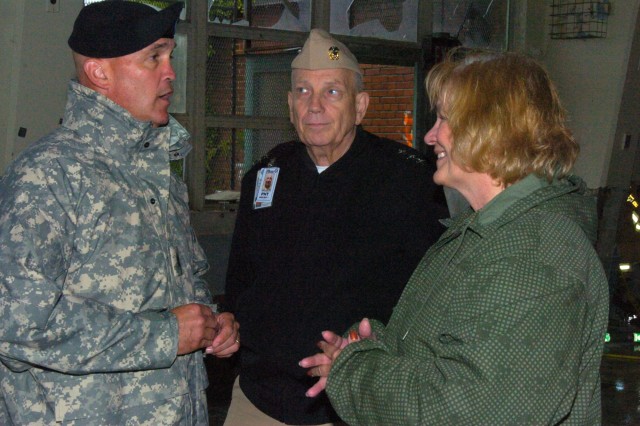

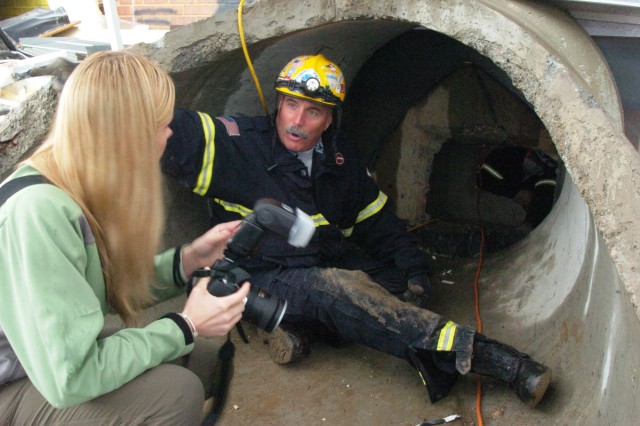
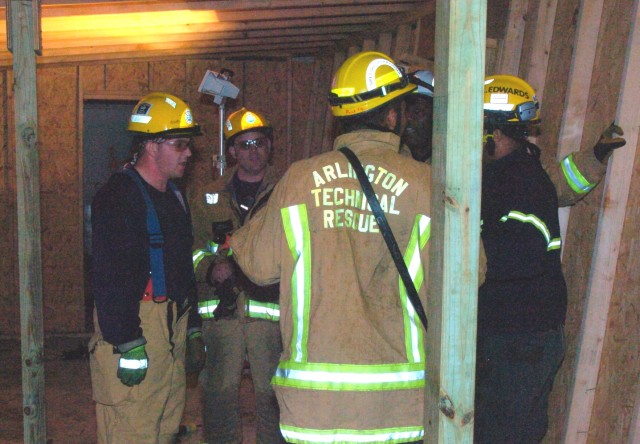
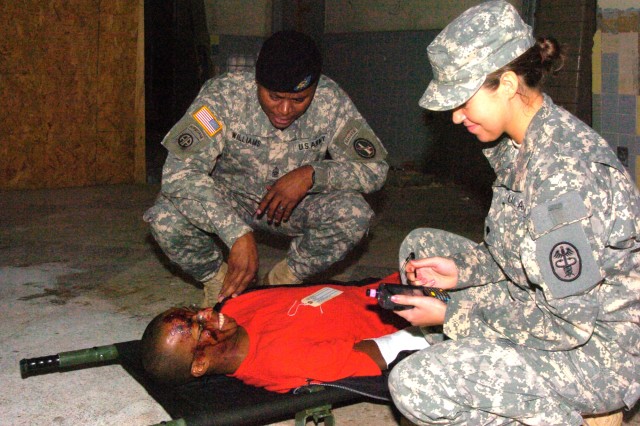
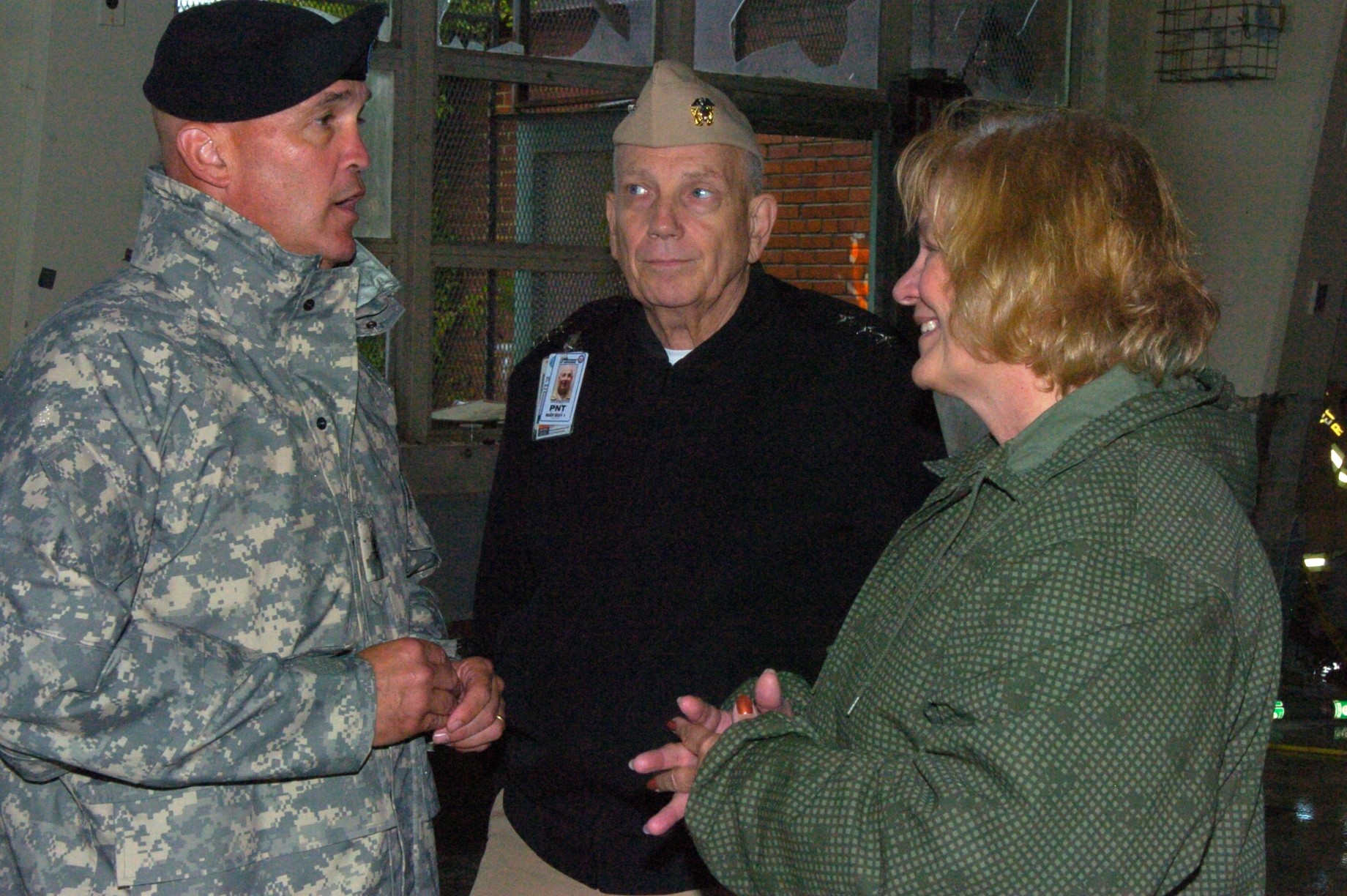


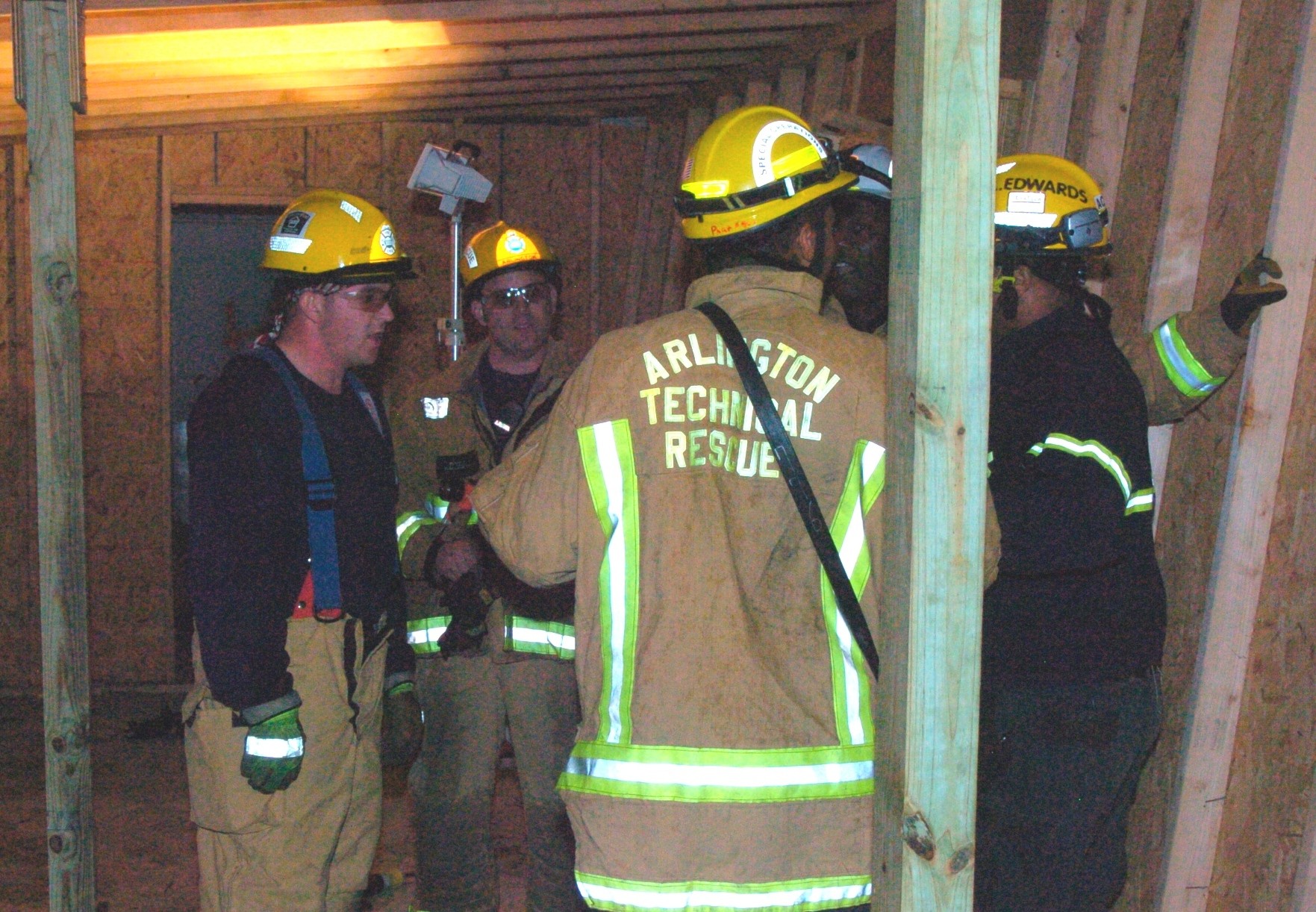

Social Sharing